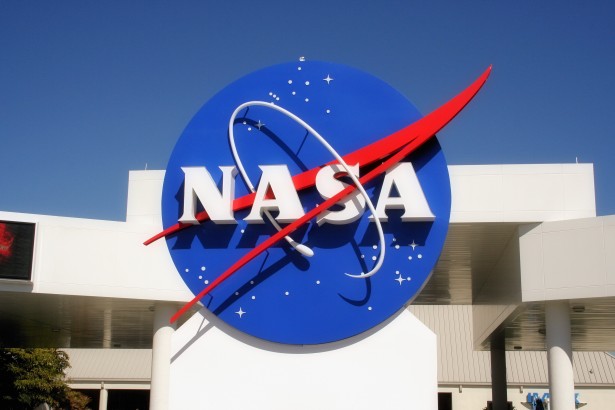NASA, in collaboration with the Ohio State University, has developed a new 3D printable superalloy called GRX-810, which boasts properties that could revolutionize the aerospace industry. The material is twice as strong and over 1,000 times more durable than current state-of-the-art 3D printed superalloys, making it ideal for the construction of more resilient components for airplanes and spacecraft.
“This superalloy has the potential to dramatically improve the strength and toughness of components and parts used in aviation and space exploration,” said Dr. Tim Smith, lead author of the Nature paper and a researcher at NASA’s Glenn Research Center in Cleveland. Smith, along with his colleague Christopher Kantzos, invented GRX-810.
To create the new alloy, Smith and his team used computer modeling to save time and employed a laser 3D printing process that fuses metals together layer-by-layer. The team even produced the NASA logo using this innovative process.
Compared to current 3D printed superalloys, which can withstand temperatures up to 2,000 degrees Fahrenheit, GRX-810 is over 1,000 times more durable and twice as resistant to oxidation.
Dale Hopkins, deputy project manager of NASA’s Transformational Tools and Technologies project, said, “This new alloy is a major achievement. In the very near future, it may well be one of the most successful technology patents NASA Glenn has ever produced.”
The development of GRX-810 was a collaborative effort involving contributors from Glenn, NASA’s Ames Research Center in California’s Silicon Valley, NASA’s Marshall Space Flight Center in Huntsville, Alabama, and The Ohio State University. The project was undertaken as part of NASA’s Transformational Tools and Technologies project, with support from the agency’s Game Changing Development Program.
The breakthrough alloy, GRX-810, promises to bring about significant advancements in aerospace components, potentially paving the way for more robust and durable airplanes and spacecraft.





